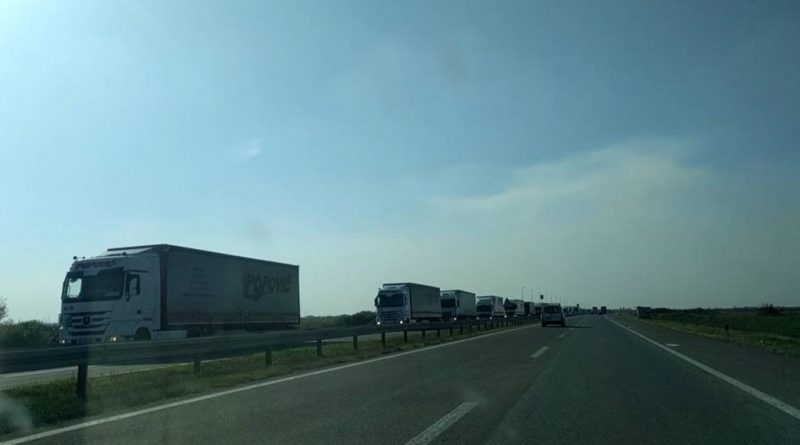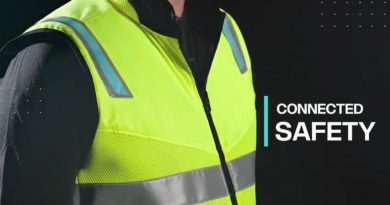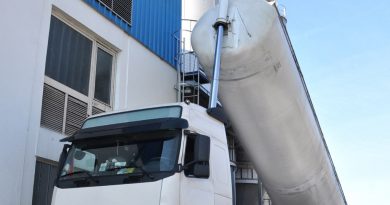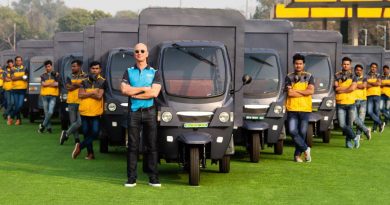What is the future for truck platooning?
Daimler’s recent announcement that, following subpar results during pilot testing, it would be scaling back its investment in truck platooning contrasts with Amazon’s reported testing of Embark’s autonomous trucks for its private delivery fleet.
Some developers, such as Scania, are turning their efforts toward semi-autonomous platoons where a lead truck with a driver guides a train of unmanned follower trucks, thus addressing the driver shortage while also improving fuel efficiency. So what is the right approach?
In reality, the benefits of truck platooning for the road transport industry have the potential to be transformative, in combination with other developments in autonomous vehicle technology.
But it is not the technology alone that dictates the introduction of new services. Rather, it is the opportunity to improve current operations and to capture new business that is the driving force, alongside the creation of a legal framework to ensure responsible development.
Dr Marika Hoedemaeker from the Netherlands Organisation for Applied Scientific Research, spoke at the World Congress about her current project, Ensemble, which is pushing the envelope in truck platooning technology. She emphasised the impact platooning will have on road infrastructure, the environment, human behaviour and traffic. Her goal is to accelerate the adoption of truck platooning by demonstrating interoperability among multiple vehicle makes.
The three-year project will culminate with a public demonstration in 2021 of platoons with up to seven trucks from seven manufacturers. Truck makers DAF, Daimler, Iveco, MAN, Scania, Volvo and Renault are set to participate.
While IRU encourages such development work to lay the foundations for increasingly automated platoons, given that the market will steer the appetite for uptake, the role of governments and policy makers to come together with industry to get ahead of this curve is more critical than ever.
As Chris Spear, CEO of IRU member, American Trucking Associations, stressed at the World Congress, “I don’t need 50 different laws, I just want one framework. And innovation will take care of the rest.”






